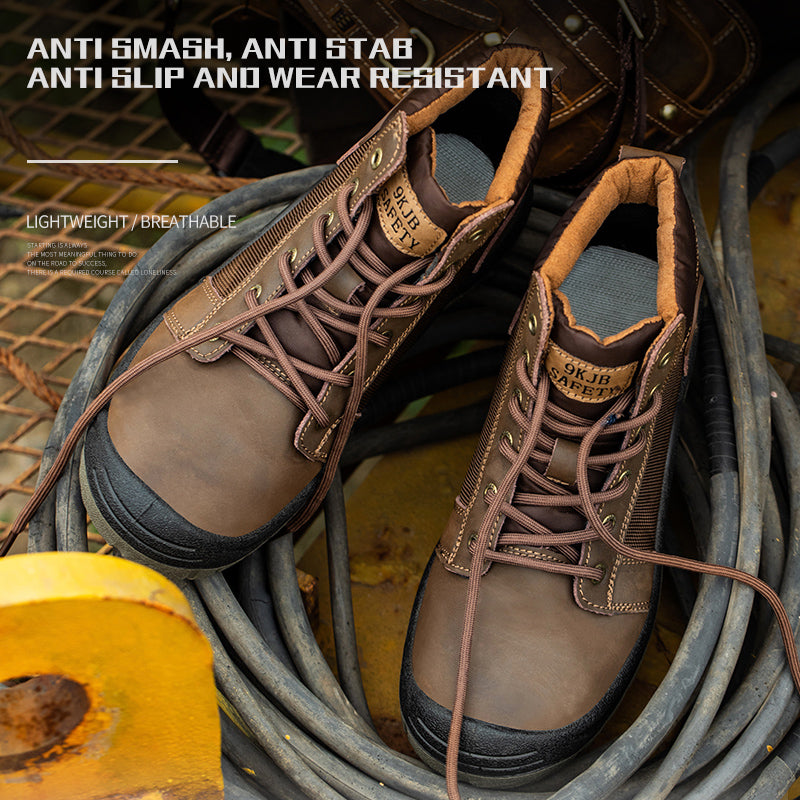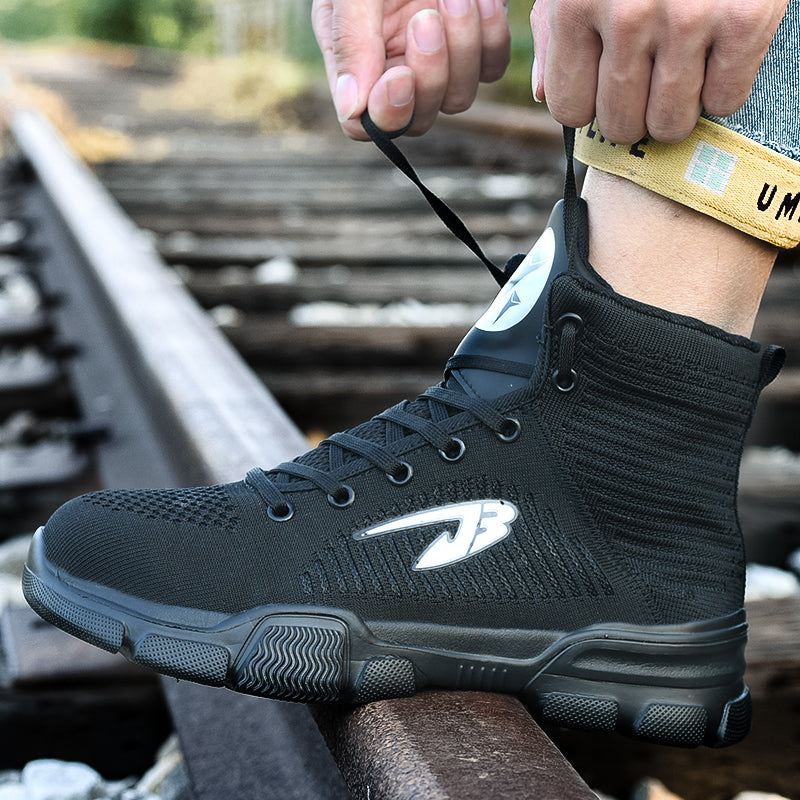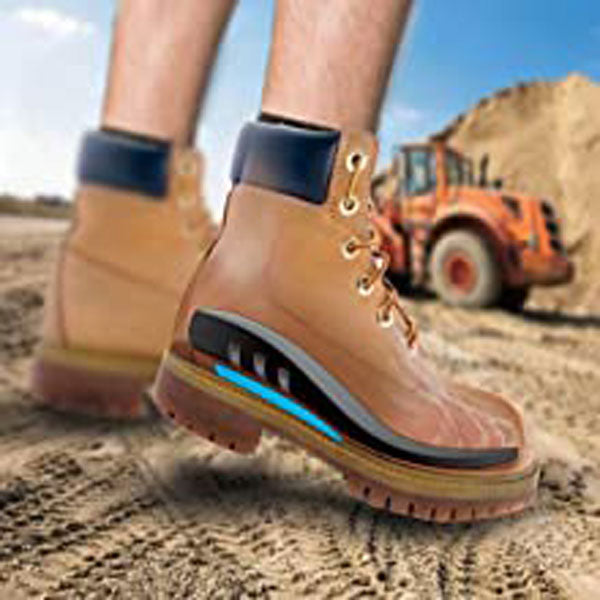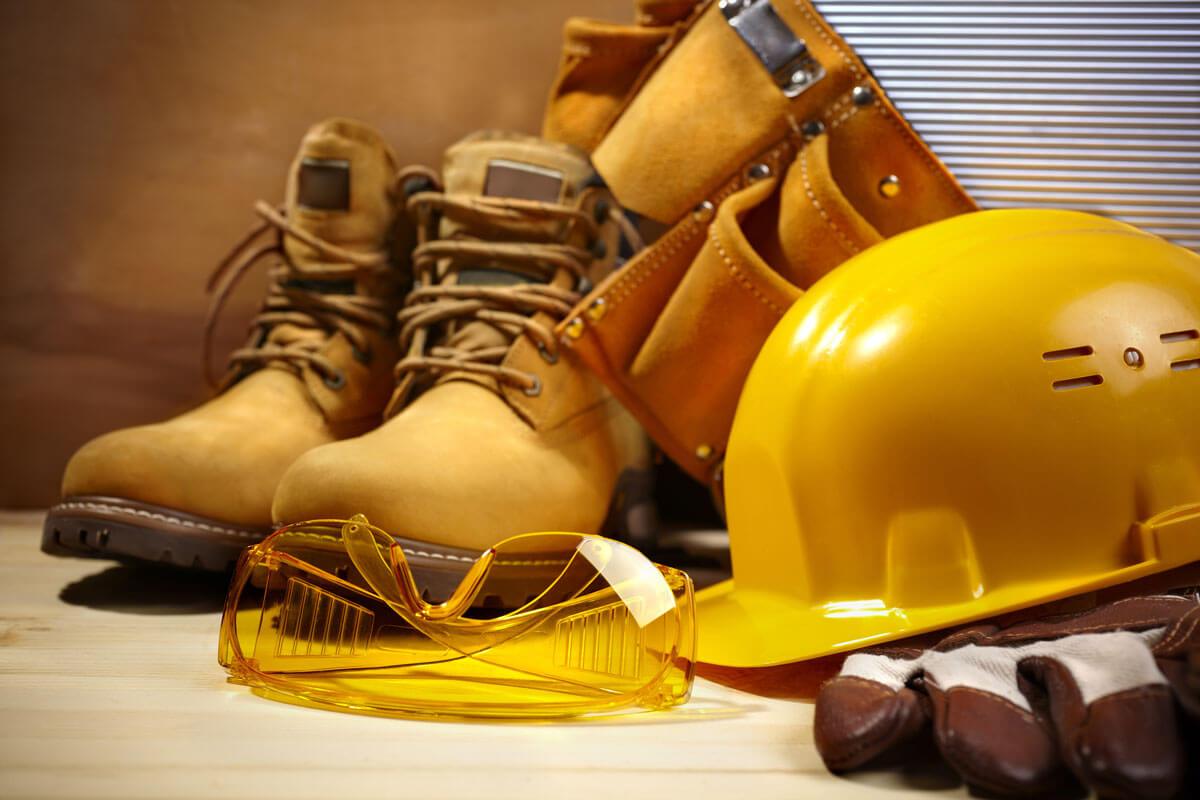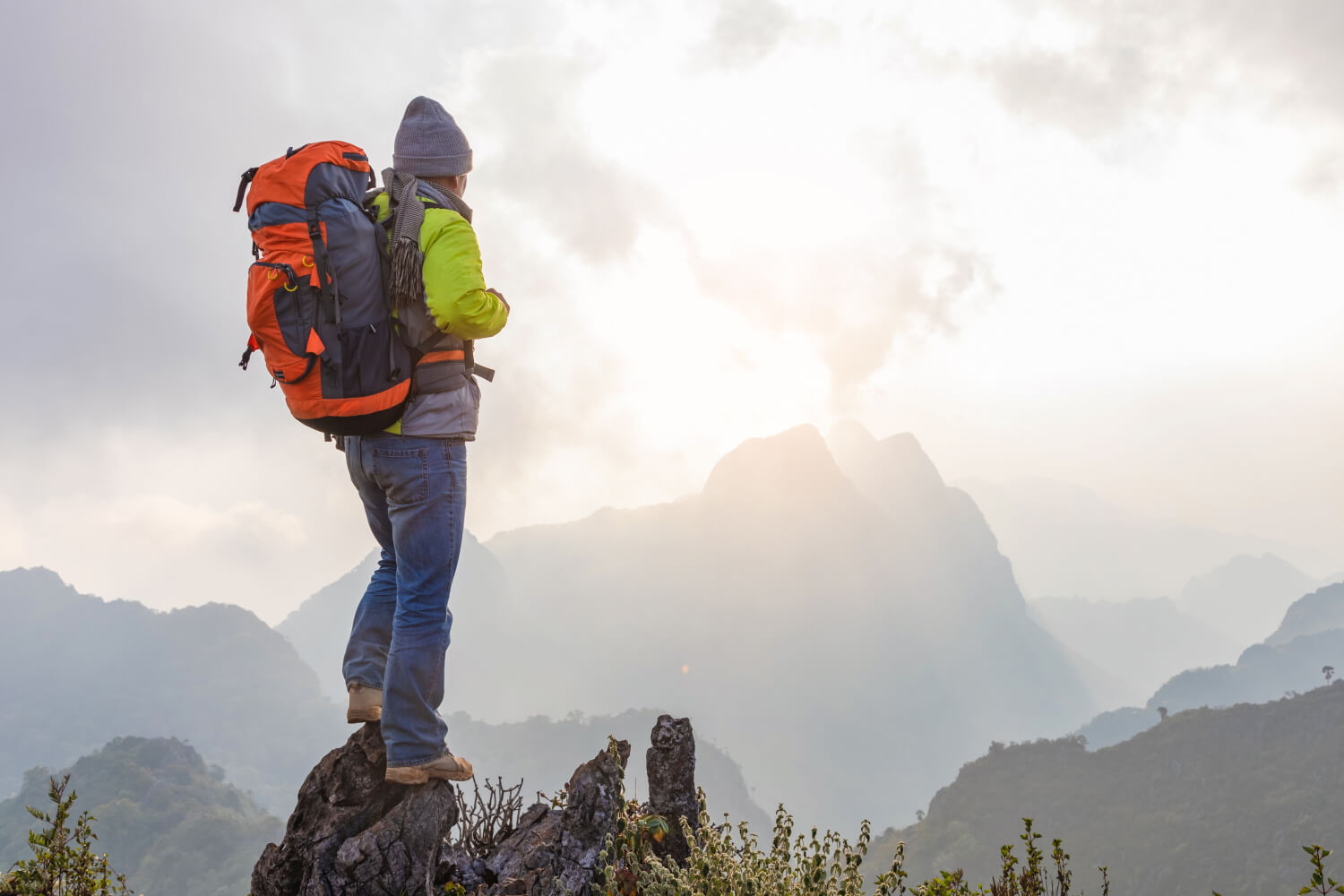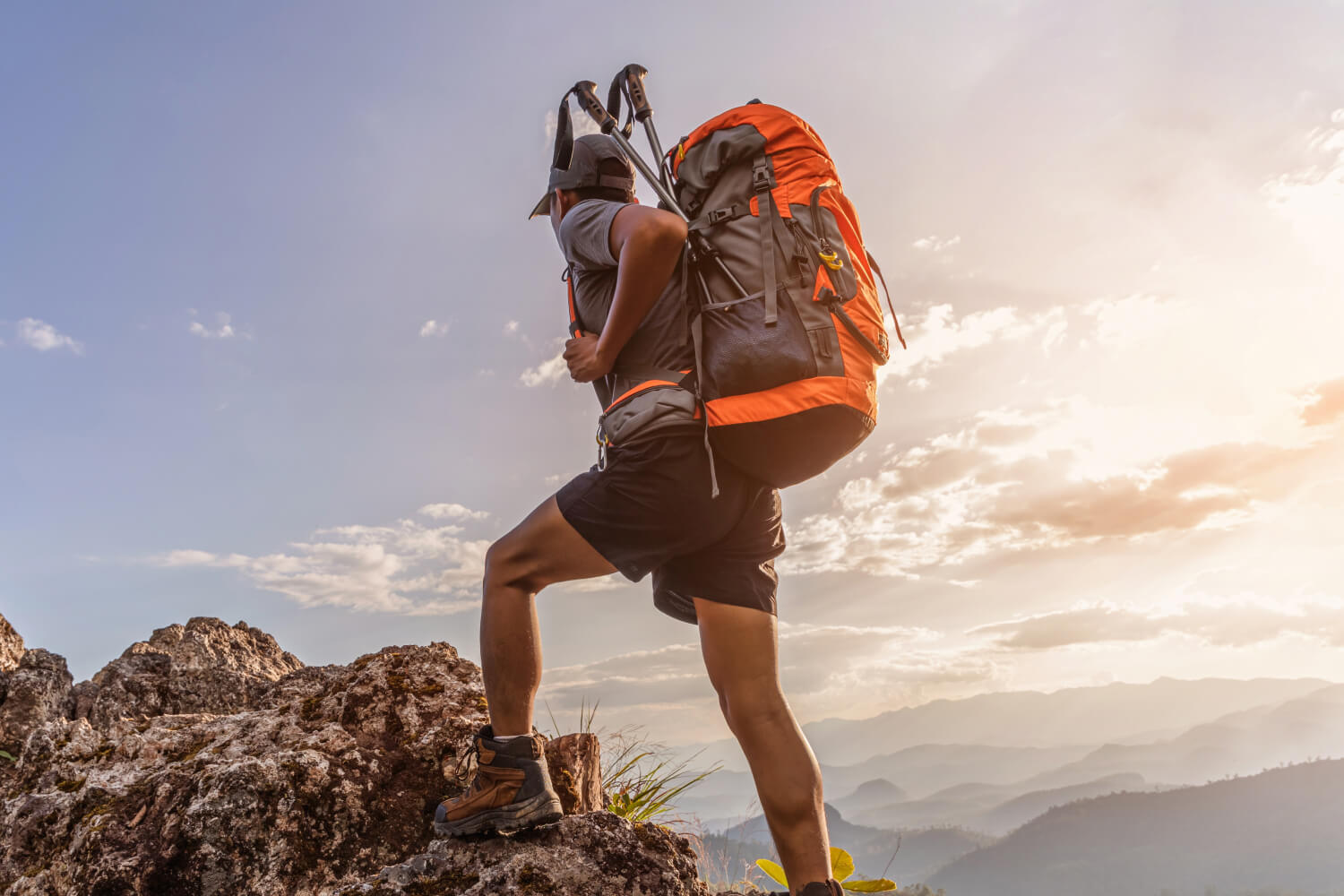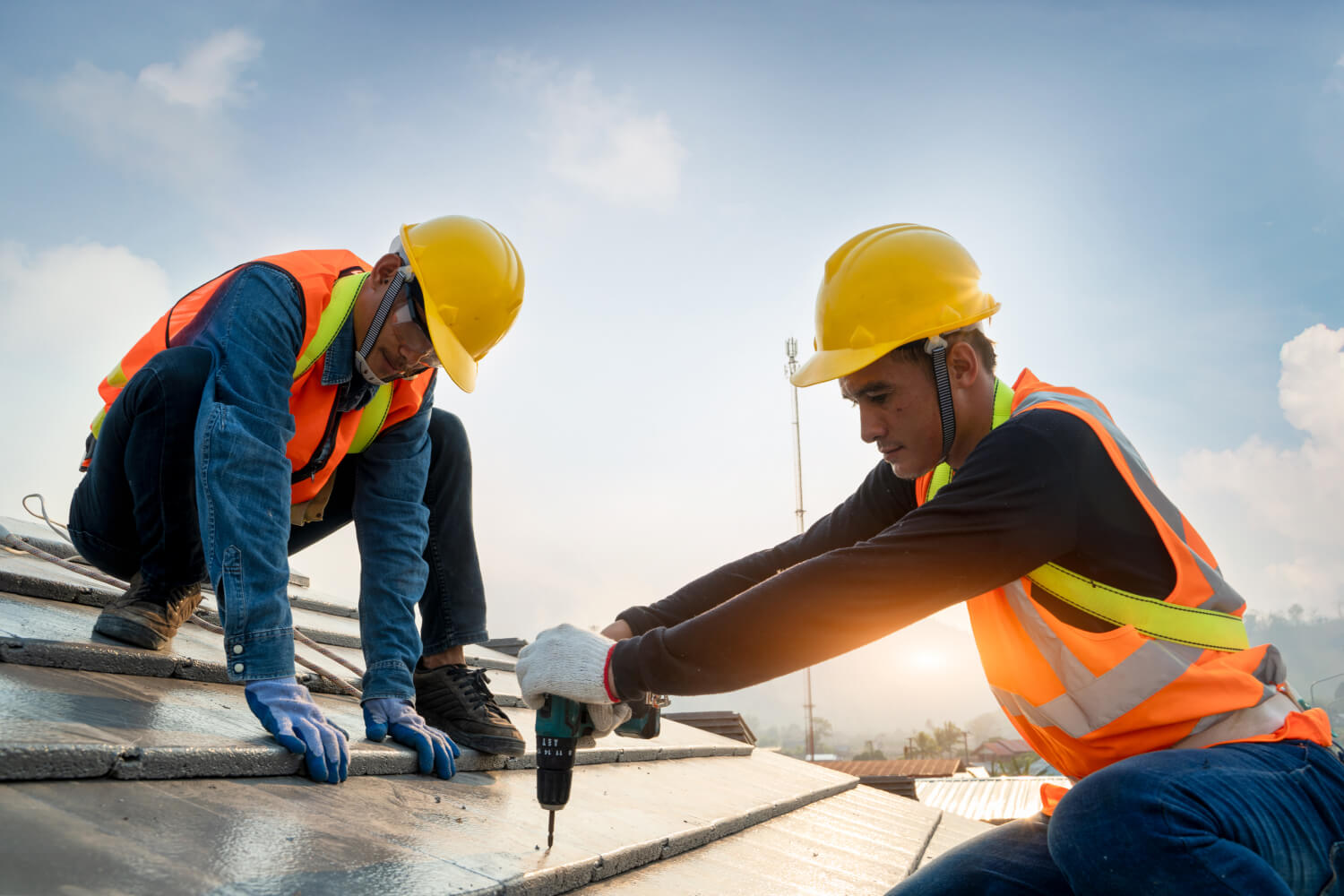Intro
Safety shoes are an essential item of footwear for many job roles and lifestyles, but something that not everyone considers purchasing. The reasons people may not buy safety footwear vary from not thinking they are needed, to not being able to find an aesthetically pleasing or comfortable pair. Many people know they need safety footwear, but don’t believe there to be any lightweight or aesthetically pleasing indestructible shoes on the market. However, there are lots of different types of safety shoes available these days - shoes that are not clunky, heavy and uncomfortable like we often expect protective footwear to be.
Want to know exactly what safety footwear is and what to look for in a protective shoe? This safety footwear guide will help you understand a little more about the importance of safety footwear, how safety shoes can protect you and how you can benefit from a pair.
What are safety shoes?
Safety shoes are vital for many workplaces and their sole purpose is exactly what it says on the tin - safety. They keep your feet safe whilst you are at work and prevent injuries. Due to their indestructible nature, safety shoes not only provide protection from potential hazards, but they also shelter feet from the outdoor elements, keeping feet warm and dry throughout the day.
Importance of protective footwear
Anyone who has experienced a foot injury in the past will know how painful it can be. Depending on the severity, foot injuries can put you out of work for weeks, if not months, and most people cannot afford to be out of work for such a long time. If your job involves working on a construction site, being outside or even working in a hospitality setting, you should most definitely be wearing some kind of safety footwear - be it steel toe or non-slip.
It’s the kind of footwear that’s taken for granted until an incident occurs. But, if and when something serious does happen, you will be extremely thankful that you took the preventative measures and invested in safety shoes.
Who needs protective footwear?

-
Construction workers
For construction workers or laborers, there are a number of safety regulations that need to be followed, and wearing safety clothing is part and parcel of the job. Construction sites are riddled with risks and hazards, so protective equipment is mandatory and must be worn for personal safety. Construction workers who do not wear safety footwear are putting their feet at risk to a number of injuries from things like falling objects, stepping on nails or burns.
-
Security Personnel
Due to the nature of the job, security personnel spend a lot of time on their feet, often walking several miles throughout one shift. On top of this, some security roles will entail spending time outside or in hazardous environments. To protect feet from fatigue, and prevent ongoing foot and ankle issues, wearing safety footwear is paramount. Security personnel should opt for comfortable, supportive safety shoes that cushion feet and provide protection from the outdoor elements as well as risks associated with electrical circuits and falling objects.
-
Outdoor Lovers
Whether it’s a hobby or a job, those who spend a lot of time outdoors walking, hiking or simply out in the elements, can definitely benefit from protective footwear. You wouldn’t run a marathon without the correct running trainers, and the same goes for walking and hiking. If you spend a lot of time walking outdoors, protective footwear is very important. In this environment, safety shoes can protect you from slips and falls, harsh weather conditions and provide feet with support for prolonged periods of time.
-
Restaurant Staff
Those who work in restaurant and hospitality settings are often on their feet for a number of hours at a time. Standing up in regular shoes for this amount of time can cause severe foot fatigue and create ongoing problems. On top of this, there are often spillages to look out for, falling pots and pans and other workplace risks. As a restaurant worker, wearing safety shoes is a great way to support feet throughout a long shift and prevent any unwanted injuries from trips, falls and sprains.
How can safety shoes protect you?

As mentioned throughout this article, there are a number of ways safety shoes can protect feet and prevent unwanted injuries. Safety shoes are not strictly bound to workmen on construction sites, they are extremely beneficial for individuals in a number of work sectors.
Here are some of the hazards safety shoes can protect you from:
Slips, trips and falls
Slips, trips and falls are the most common injury obtained in the workplace. They cause a large number of injuries, from sprains to broken bones, and can often be avoided by wearing safety footwear. Wearing safety shoes can reduce the risk of slips, trips and falls because they have a better grip and tread depth, meaning you are less likely to slip over. On top of this, properly fitting shoes can prevent trips and falls because they will be more comfortable and help with balance. However, if you choose to wear ill-fitting safety shoes, you are also putting yourself at risk of harm.
Falling objects
Foot injuries caused by falling objects are also very common - whether it be from dropping a box or a heavy object falling from scaffolding. Regardless of what it is that is falling, the impact of the object and the damage caused can be reduced by wearing protective footwear. Steel toe caps protect feet and prevent foot and toe injuries that could have been a lot worse had you been wearing regular shoes.
Machinery
Individuals who work with machinery will know how dangerous it can be. There are lots of different types of machinery, many of which contain moving parts and sharp-edged elements. Protective equipment will be worn for other body parts and it’s just as important to keep feet protected while working with machinery. Indestructible safety shoes can keep feet protected from a number of machinery-related injuries, from footwear punctures to major cuts and even hazardous spillages.
Electricity
Working with electricity can also present safety hazards, whether it be through electric shocks or electric sparks caused by a buildup of static electricity. When working in an environment that could cause either of the above, it’s important to wear safety footwear. The type of safety footwear you choose will depend of the type of electricity you will be dealing with. If static is a risk, anti-static or conductive shoes should be worn, however, if you are more likely to be affected by shocks from live electrical circuits, non-conductive safety shoes made of materials like rubber or leather should be worn.
Outdoor elements
We’ve all been caught out in the rain whilst wearing inappropriate footwear. Not only does exposure to water damage regular shoes, but constant exposure to damp conditions can also cause foot difficulties such as foot sores and, in more severe cases, trench foot. Cold weather conditions can also cause a number of foot problems, with one of the most common being chilblains. Luckily, to prevent these kinds of foot difficulties, the majority of safety footwear is able to keep feet dry and warm throughout harsh weather conditions.
What to look for in a protective shoe
What to look for in a protective, safety shoe depends on a few different factors. For example, if you work as a laborer you will require steel toe caps and ultimate foot protection, however, if you work in a job that means spending a lot of time on your feet, you’ll need footwear that provides maximum comfort. Before purchasing any kind of safety shoes, it is important to first assess your individual footwear needs.
Here are some examples of what to look for when purchasing safety shoes:

Comfort
With the majority of people working a minimum of eight hours a day and many people spending this amount of time on their feet, the need for comfortable, protective footwear is of great importance. Opt for safety shoes that feature breathable materials to keep feet dry, and shock absorption technology to prevent aches and pains after prolonged wear.
Steel Toe Cap
Steel toe caps are the feature most people associate with safety shoes. As mentioned earlier in this safety footwear guide, steel toe caps protect feet from a number of foot injuries. They are vital for individuals working on construction sites or in environments where significant foot injuries could happen (ie. vehicle running over the foot or heavy object falling on foot).
Non-slip Soles
Another important safety feature to look out for is non-slip soles. Whether you are working in a garage or a restaurant, spillages are likely to happen. Wearing safety shoes with non-slip soles can prevent serious injuries in a number of environments. Non-slip soles also provide the necessary grip for those who enjoy hiking, hill walking or even those who climb ladders regularly.
Anti-puncture Soles
Many safety shoes will have the option of anti-puncture soles supported by steel midsoles. This is a necessary feature for individuals who are likely to step on sharp objects. Regular shoes do not provide protection from punctures, so something like stepping on a nail could cause serious harm; however, when wearing safety shoes your risk of this kind of injury will be considerably reduced.
Electric Shock Protection
For job roles that involve dealing with electricity, the risk of electric shocks or build up of static in the body is very high. To prevent injuries from electric shocks, safety shoes made of non-conductive materials should be worn. To prevent injuries from static electricity, individuals should opt for conductive or anti-static materials.
Conclusion
With so many potential hazards posing a risk to workers in a number of environments, it is vital to be equipped with the correct protective clothing at all times. Wearing protective safety shoes can greatly reduce the risk of a number of injuries - and not just foot injuries. We hope that this safety footwear guide has helped you gain a better understanding of the importance of keeping feet protected, regardless of what job sector or hobby you are involved in.
Sources
https://www.arbill.com/arbill-safety-blog/5-most-common-workplace-accidents-keys-to-prevent-injuries
https://www.realsafety.org/2014/10/safety-shoes-8-ways-they-protect-you/
https://www.shoezone.com/Mens/Safety-Footwear/What-Are-Safety-Shoes

